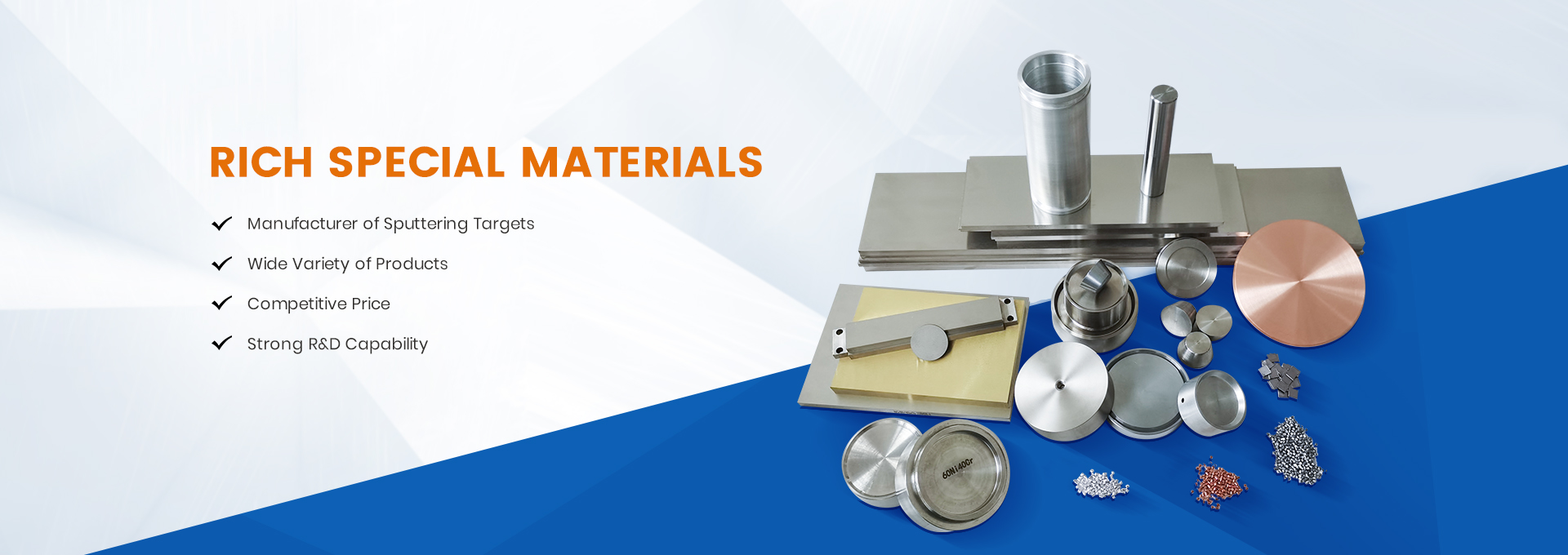The semiconductor industry often sees a term for target materials, which can be divided into wafer materials and packaging materials. Packaging materials have relatively low technical barriers compared to wafer manufacturing materials. The production process of wafers mainly involves 7 types of semiconductor materials and chemicals, including one type of sputtering target material. So what is the target material? Why is the target material so important? Today we will talk about what the target material is!
What is the target material?
Simply put, the target material is the target material bombarded by high-speed charged particles. By replacing different target materials (such as aluminum, copper, stainless steel, titanium, nickel targets, etc.), different film systems (such as superhard, wear-resistant, anti-corrosion alloy films, etc.) can be obtained.
At present, (purity) sputtering target materials can be divided into:
1) Metal targets (pure metal aluminum, titanium, copper, tantalum, etc.)
2) Alloy targets (nickel chromium alloy, nickel cobalt alloy, etc.)
3) Ceramic compound targets (oxides, silicides, carbides, sulfides, etc.).
According to different switches, it can be divided into: long target, square target, and circular target.
According to different application fields, it can be divided into: semiconductor chip targets, flat panel display targets, solar cell targets, information storage targets, modified targets, electronic device targets, and other targets.
By looking at this, you should have gained an understanding of high-purity sputtering targets, as well as the aluminum, titanium, copper, and tantalum used in metal targets. In semiconductor wafer manufacturing, the aluminum process is usually the main method for manufacturing wafers 200mm (8 inches) and below, and the target materials used are mainly aluminum and titanium elements. 300mm (12 inch) wafer manufacturing, mostly using advanced copper interconnection technology, mainly using copper and tantalum targets.
Everyone should understand what the target material is. Overall, with the increasing range of chip applications and the increasing demand in the chip market, there will definitely be an increase in demand for the four mainstream thin film metal materials in the industry, namely aluminum, titanium, tantalum, and copper. And currently, there is no other solution that can replace these four thin film metal materials.
Post time: Jul-06-2023



